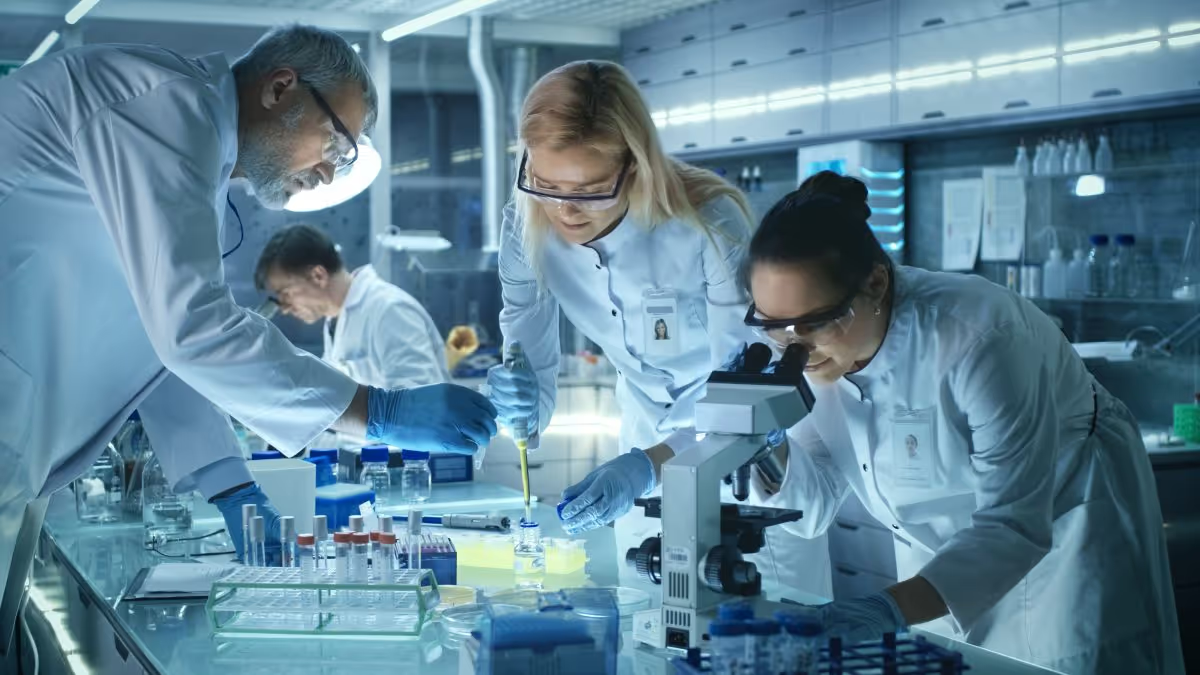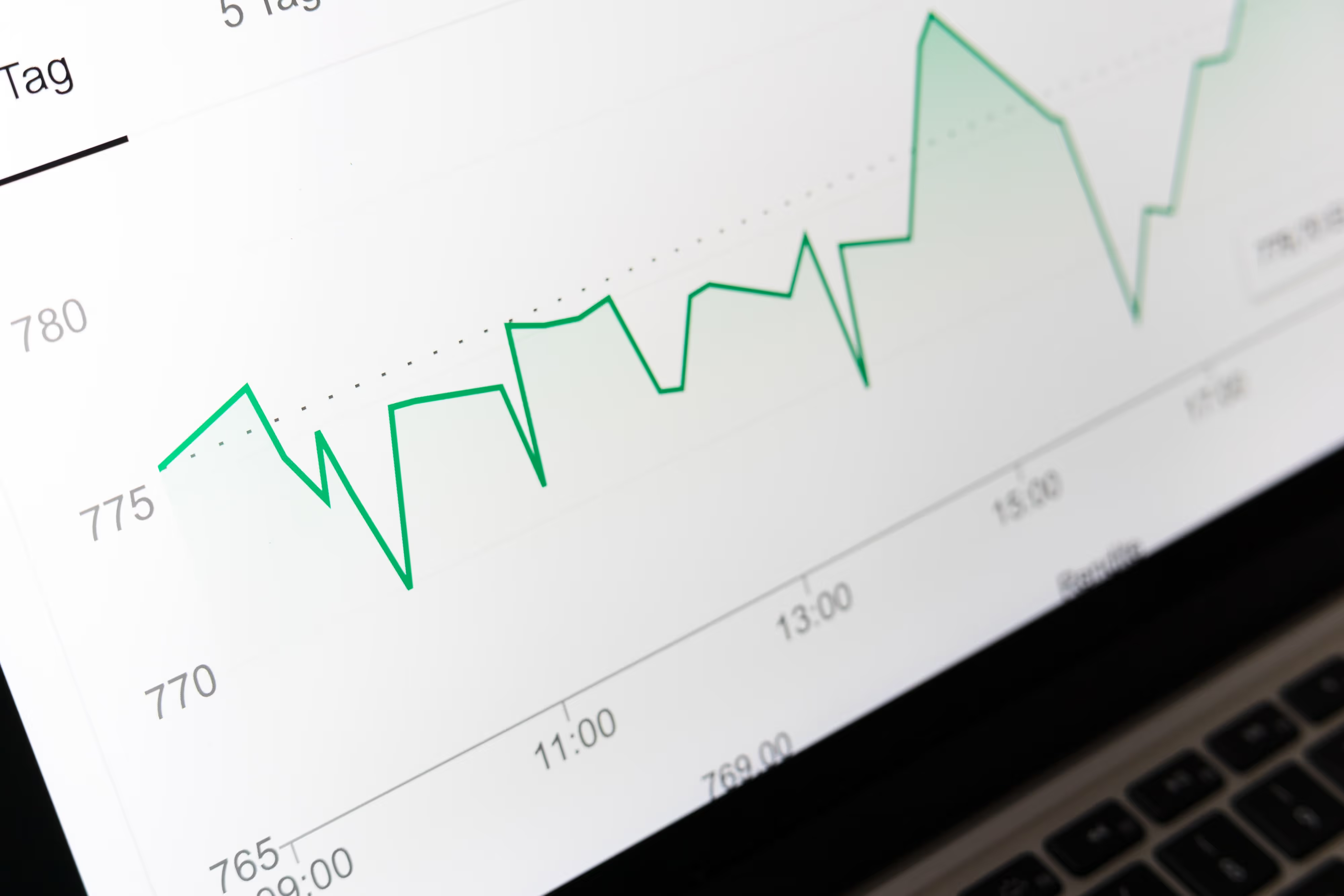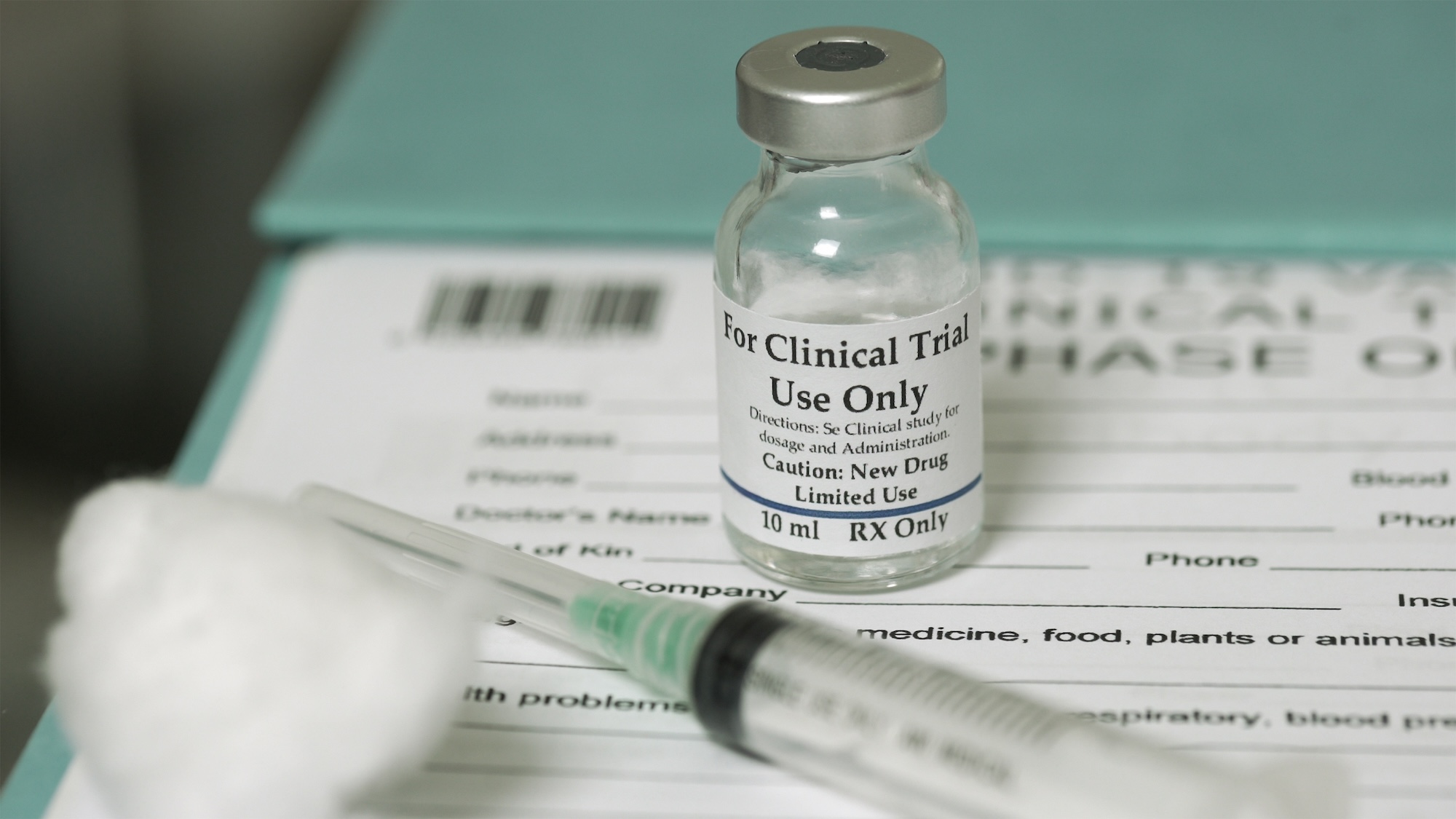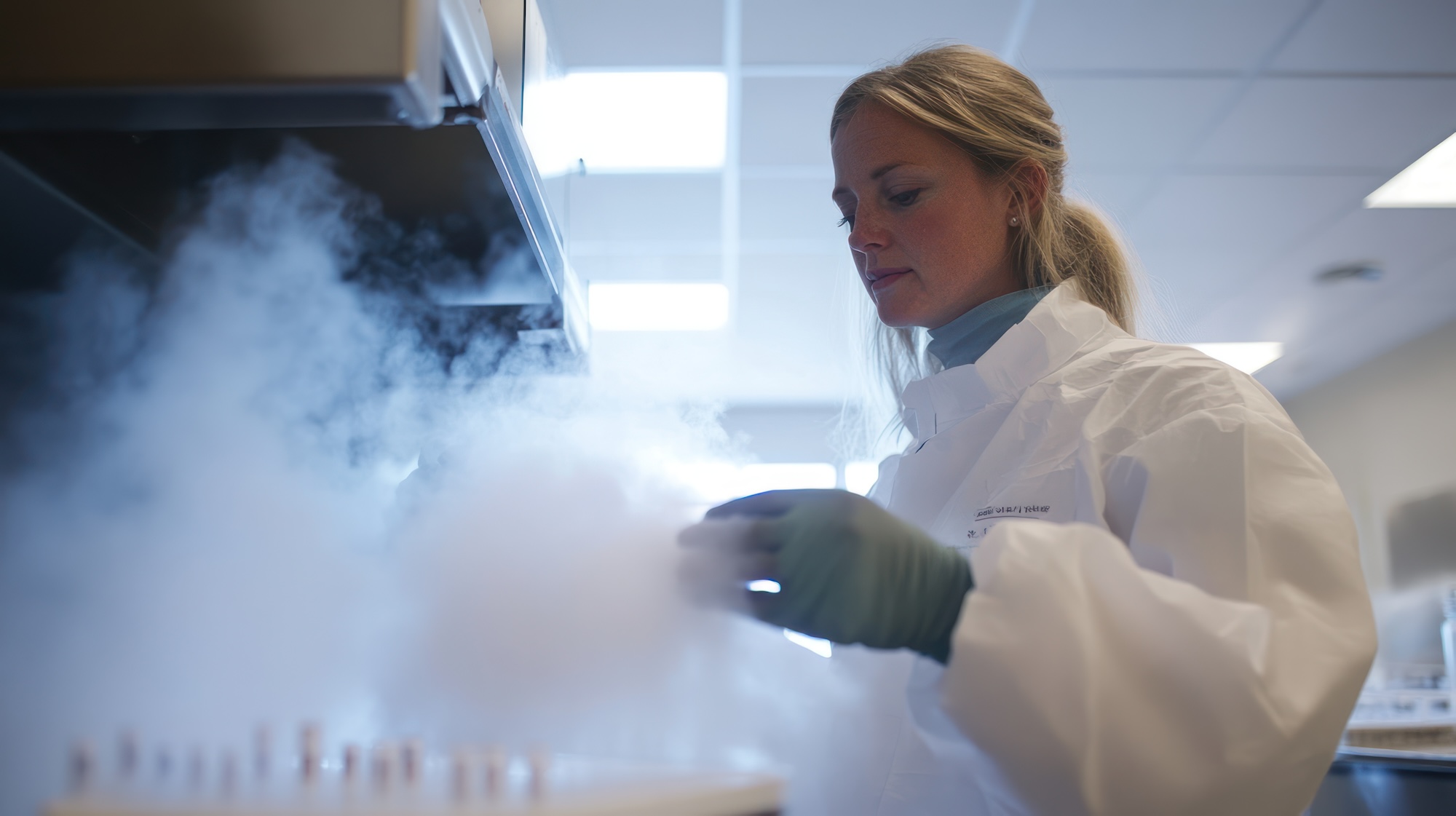Automation is making temperature excursion management simpler and more efficient for clinical sites

The standard process for reporting temperature excursions
Temperature excursion management is a prime example of a clinical process that can be made more efficient through automation. It is currently a highly burdensome activity, where every temperature excursion is evaluated regardless of how minor they are and if they fit well within the excursion budget. Automation reduces workload by removing the need to complete a long, manual process, but it can also eliminate temperature data gaps and reduce the time needed to monitor temperature massively.
The standard distribution model for clinical studies is well established. It starts with manufacturing and packaging and moves through distribution and storage at central and local depots before to a clinical site and ultimately to patients. Unique to the clinical setting is the responsibility that sponsors demonstrate that treatments have remained within the stability budget for the entire process.
Our data shows that most of temperature excursions occur within the ‘last mile’ of distribution. And while the vast majority of these excursions are not actual deviations that require wasting treatments, they currently require a manual process of data collection–sharing between sites and sponsor QA, compiling full drug histories, calculations and review. All of this can take hours or even days, potentially resulting in drug shortages at sites and rescheduling of patients – despite most instances falling within the stability budget resulting in the drug being readded to inventory.
By leveraging cloud and IoT technologies to automate the excursion review, there is the potential to transform temperature management within any eClinical infrastructure and provide sponsors with end-to-end visibility of the distribution journey.
Can we do it better?
The TSS Clinical Module transforms a process that can take days or longer and completes it in seconds. By combining the full temperature history of a treatment with established stability budgets, the software automates the temperature excursion management process. It collects temperature data throughout the supply chain, allowing sponsors to layer stability profiles on top of a full history of the drug. This gives a much fuller picture of whether individual excursions amount to deviations in real-time and enable more informed data-driven decisions with a hugely reduced site burden.
.jpeg)
Further benefits can be realized through the integrations and BLE technologies. Most clinical sites and sponsors use USB loggers that require manual uploads by site personnel – often only in the presence of a visual alarm. But through Bluetooth and wireless data uploads, data is continuously and automatically captured and available in the cloud. This removes data collection responsibility completely from clinical sites and ensures total compliance. Furthermore, by integrating with an IRT solution, any treatments that experience a deviation are automatically quarantined, ensuring that they are not dispensed to patients.
There are clear benefits for Clinical Operations professionals here. Automating temperature excursion management reduces the workload for monitoring, eliminates temperature gaps and leads to significant time savings for clinical sites. For sponsors, it is a simple way to reduce risk, increase visibility, improve compliance, minimize waste and cut the amount of time spent on evaluation and documentation.
Technology is transforming every part of the clinical trial process. It’s time for temperature management to follow suit and create happier and more productive sites. Arrange a call with one of our experts about the TSS Clinical Module today.
You may also be interested in

Join Us at LogiPharma Europe 2025

End-to-end visibility is the key to creating more efficient, cost-effective, and sustainable pharmaceutical supply chains

On-demand webinar: Digitalization and its impact on the pharma supply chain
You may also be interested in

Can You Rely on the Results from Your Clinical Trials?


